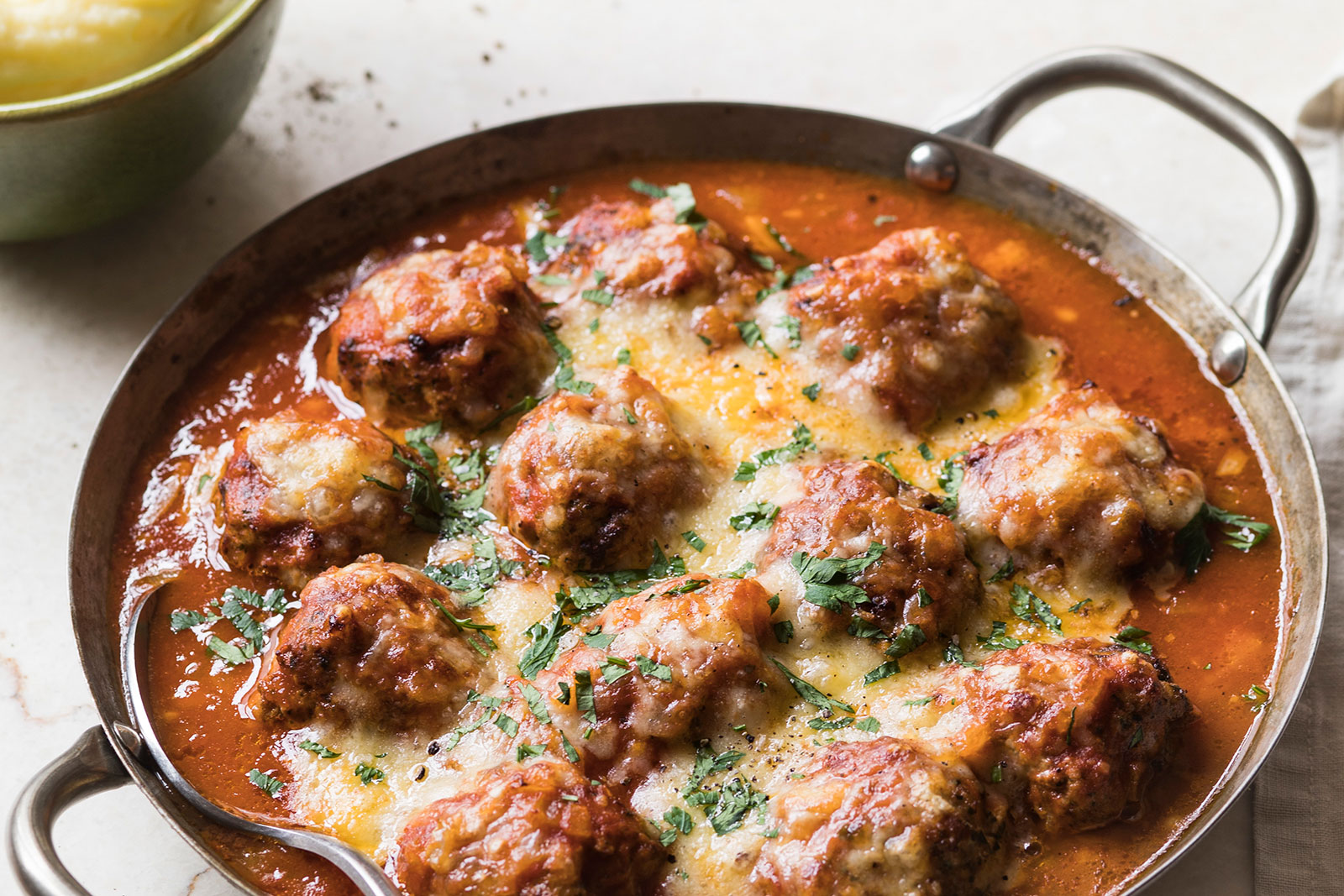The renaissance of low and slow barbecue
Look back ten years and you’d be hard pressed to find a Kiwi backyard which didn’t feature a gas barbecue. Now, while these are still a mainstay of New Zealand grilling, it’s becoming increasingly common to get a whiff of wood smoke and charcoal around the neighbourhood, and not just in the Summertime.
Low and slow, ‘American’ style barbecue has become an infatuation for many a Kiwi cook and New Zealand pork is a match made in heaven. So as Autumn sets in, if you’re looking to dive into this new hobby, here are our top tips to get started.
1. Choose your barbecue carefully
Not all charcoal barbecues are created equal and choosing yours is a decision that will take some research. You’ll need to consider budget, size, fuel types and your appetite for technological assistance.
A metal kettle barbecue, like the classic Weber, is a great starting point. Many say this is the charcoal barbecue for beginners, the one to master before you move onto anything more expensive or technical.
If you’re looking for greater fuel efficiency, then a kamado style may be more your speed. For many aficionados a Big Green Egg is their go-to barbecue.
If you’re often cooking for a crowd, a large offset may be your best choice. These are what you’ll see in most restaurants where racks of pork ribs, pork belly burnt ends and juicy pulled pork shoulder often take centre stage. These barbecues are generally not considered a beginner’s beast so tread carefully if this is your first low and slow barbecue.
Finally, for those who love the idea of low and slow but also love technology you may be interested in a pellet charcoal barbecue or digital charcoal barbecue like a Traeger or Masterbuilt. These can regulate the temperature, taking the guess work out of managing the coals and meaning you’re not tied to the barbecue for the entirety of a long cook, and give you the ability to alter temperatures from your smartphone.

2. Temperature and control are key
Just getting the barbecue to sit at a consistent temperature is an art that takes some mastering. To regulate temperature, you’ll be using the circulation of air and the careful addition of coals or wood at strategic times. The more air you allow to circulate the higher the temperature will climb and also the faster the fuel will burn, but not enough air circulation when the coals aren’t hot enough could lead to your fire being extinguished. When it comes to adding more coals without causing the temperature to spike, the trick is to wait for the existing coals to start crumbling but not yet be burnt out.

3. Patience is a virtue
The key is in the tagline ‘low and slow’… you need to be prepared to take your time. Generally, you’ll be looking at being by your barbecue for 3-10 hours, depending on the cut of meat and the size. If you try to rush it you’ll get tough meat so you really do need to ensure you’ve got enough time to see it through…settle in and enjoy.

4. Make sure you’ve got the essential tools
A meat thermometer, charcoal chimney, tinfoil trays, spray bottles, butcher’s paper and tinfoil will need to be in your arsenal of tools for almost every cook.

Barbecue Pulled New Zealand Pork Burgers
When you’re ready to get started, give it a go with The Tattooed Butcher’s New Zealand pork shoulder recipe.

Make your own barbecue baste
Smoky, spicy, fiery, sweet or curried, our barbecue baste recipes are sure to have something for every taste.

For more guidance on low and slow check out our cooking guide.
Subscribe to our newsletter
Like what you see? Subscribe to our fortnightly newsletter 'Recipe Club' and be the first to know about new recipes, competitions, giveaways and more.




